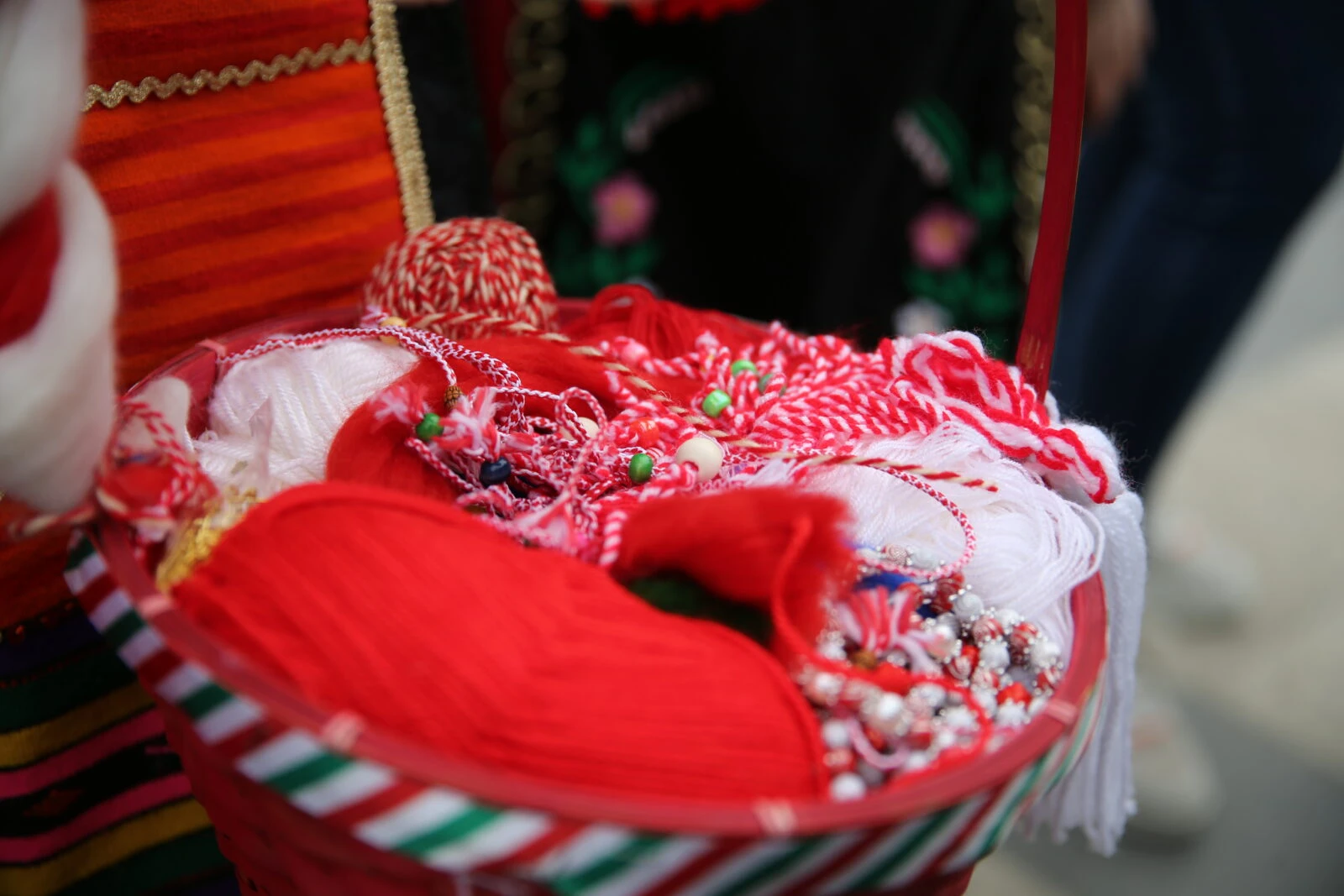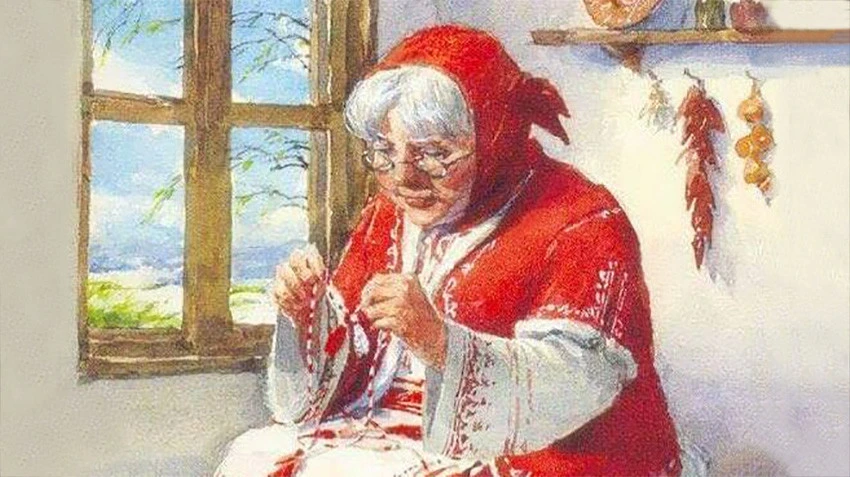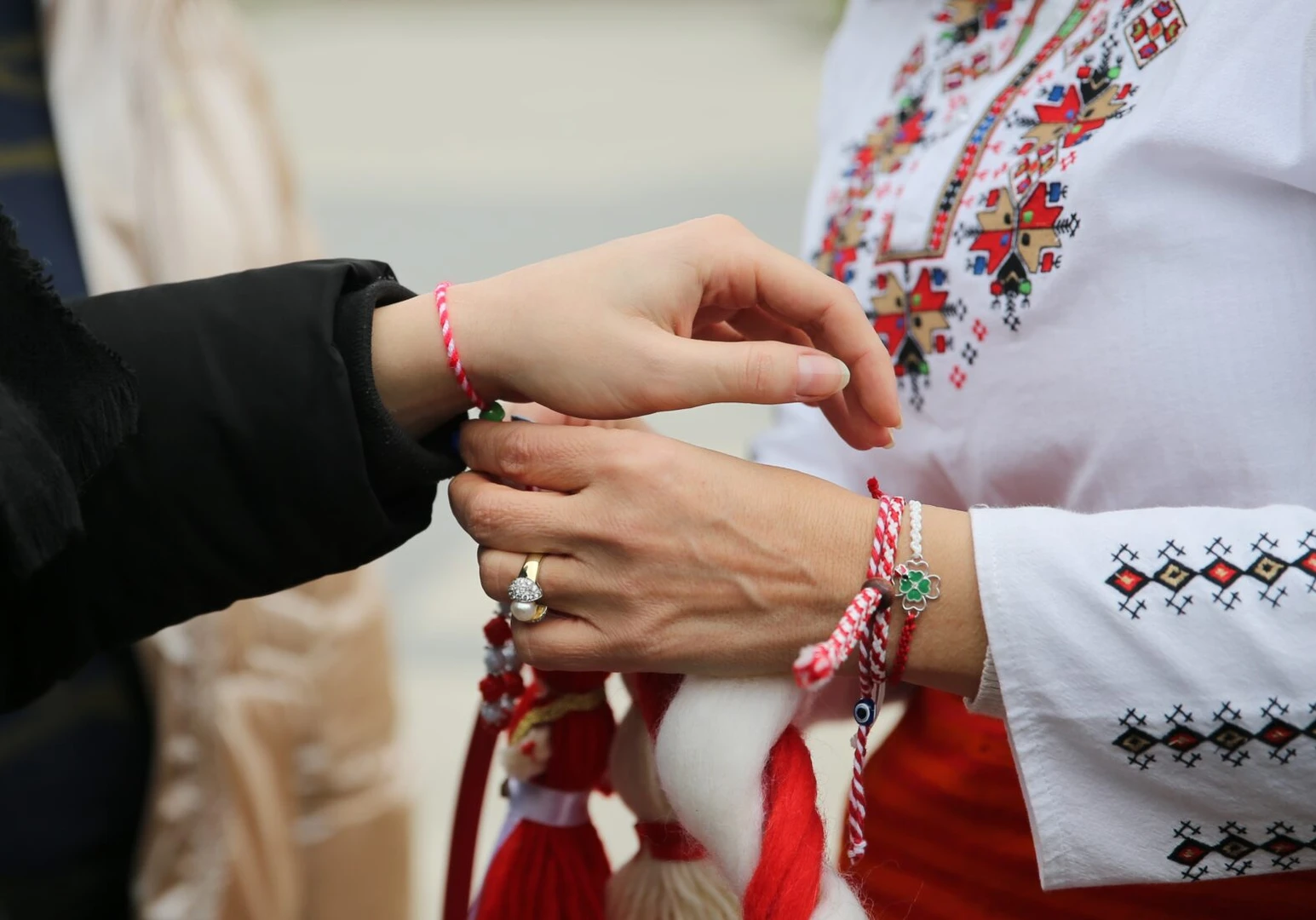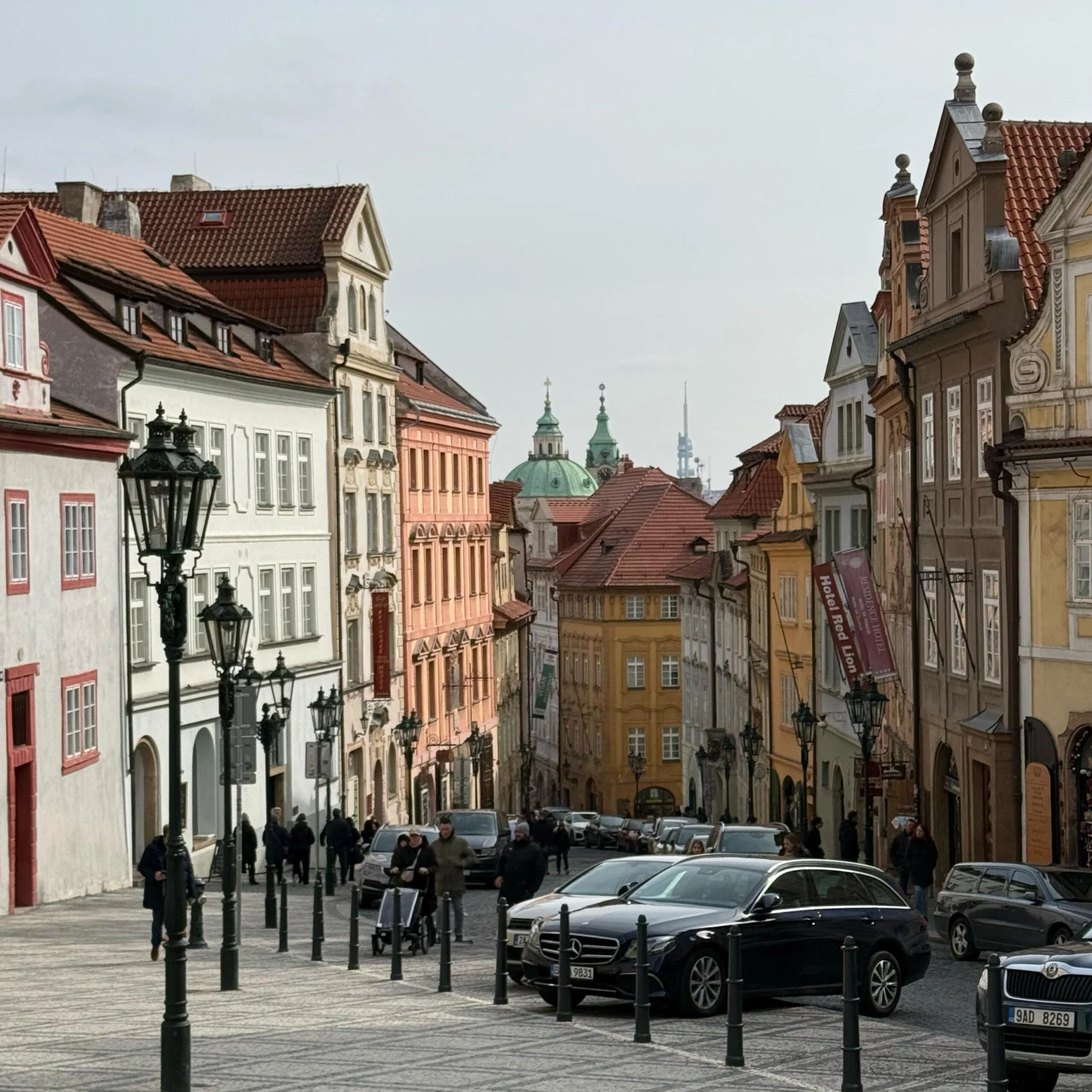Wishes in red and white: All you need to know about Martenitsa
 People tying martenitsa bracelets on each other's wrists, Edirne, Türkiye, March 1, 2025. (AA Photo)
People tying martenitsa bracelets on each other's wrists, Edirne, Türkiye, March 1, 2025. (AA Photo)
As the March begins, the vibrant red and white colors of Martenitsa appear, heralding the arrival of spring in Türkiye and in the Balkans. Tied with hope and woven with tradition, the martenitsa brings spring’s first breath.
Origins, symbolism of Martenitsa
The tradition of Martenitsa rooted in Bulgarian folklore, with origins that intertwine elements of pagan rituals and Slavic mythology. It marks the arrival of spring with woven ornaments.
The colors of martenitsa, red, and white carry profound meanings. Red symbolizes health, life, and energy, while white represents purity, new beginnings, and the light of spring. The combination of these colors is believed to be what keeps the evil spirits away.

According to tradition, people wear the martenitsa until they spot the first signs of spring, such as a stork in the sky.
When this sign appears, the martenitsa is removed and tied to the branch of a blossoming tree. Many also take this moment to make a wish as they hang their martenitsa.
There are many interesting beliefs and customs related to Martenitsa:
- In certain areas of Bulgaria, people prefer various colors in place of white.
- In the town of Razgrad, at dawn, each housewife tosses a piece of red fabric onto fruit trees in her garden.
Martenitsa designs: From classic to modern
The martenitsa themselves take various forms, from simple red and white bracelets to tassels and even tiny dolls named Pizho and Penda—a male and female version of martenisa.
In recent years, the tradition has also seen a modern twist with more intricate designs and materials used to create a martensitic.
However, the essence remains the warmth, kindness, and hope for brighter days ahead.

Myth of Baba Marta in Bulgarian folklore
This myth revolves around a folklore figure named Baba Marta. In folklore, Baba Marta is portrayed as a grumpy and feisty old woman who is always dissatisfied with her brothers, Big Sechko (January) and Little Sechko (February).
The belief was that when she was happy, the weather would be sunny, but if she got angry, the cold would stay longer.
A very well-known tale starts with a shepherd who decides to take her flock up in the mountains during the last days of March. She was thinking that since she was old as Baba Marta, she would grant her favorable weather.
But Baba Marta, angered by the shepherdess’s arrogance, sent a snowstorm, turning the shepherdess and her flock to stone. This myth is meant to keep Baba Marta delighted, emphasizing how crucial it is to honor nature’s power.

International appeal
In 2017, UNESCO recognized the tradition of martenitsa as part of the Intangible Cultural Heritage of Humanity, celebrating its role in fostering community bonds and preserving cultural identity.
Boutiques in cities such as London, Berlin and New York now offer exclusive martenitsa collections, presenting them as trend accessories that resonate with a global audience. For those unfamiliar with the tradition, the martenitsa has become a unique and meaningful way to embrace spring and blend fashion with folklore.
Beyond the symbolism of health and happiness, the tradition of martenitsa serves as a reminder of the importance of human connection. In cities and villages alike, people of all ages exchange these for goodwill.



